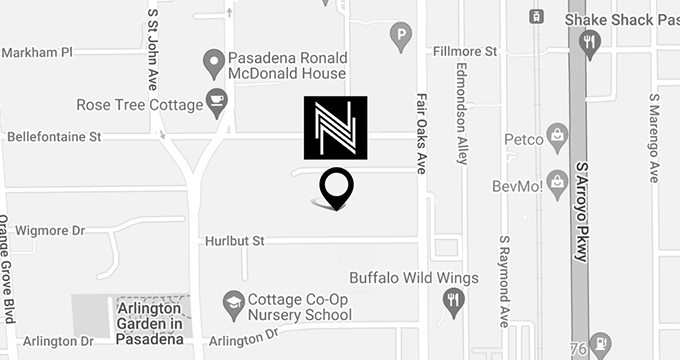
Recovering from liposuction involves more than just healing incisions—it’s about allowing underlying tissues to settle and inflammation to resolve before resuming activity. Many patients are eager to return to exercise, yet timing is critical for protecting results and preventing complications. Understanding how your body truly heals, rather than following a one-size-fits-all timeline, can help you safely regain fitness while preserving the sculpted contours achieved through surgery.
Understanding Liposuction Recovery
Recovery after liposuction is not only about waiting for swelling to go down—it’s about how your body adjusts to internal changes. The fat that is removed doesn’t return, but your tissues, blood vessels, and skin need time to adapt to their new contours. Early on, the body works to close tiny tunnels left behind by the procedure, which is why compression garments are so critical in guiding healing and reducing unevenness. Another often-overlooked part of recovery is energy management; many patients underestimate how much internal healing drains stamina. Even if you feel “normal” within days, your immune system is still active beneath the surface. Paying attention to hydration, balanced nutrition, and adequate sleep during this stage can make recovery smoother and results more consistent.
Factors That Affect Return to Exercise
Returning to exercise after liposuction isn’t a one-size-fits-all timeline. Several subtle, often overlooked factors influence when and how safely you can resume physical activity, including body composition, incision healing, circulation, underlying fitness levels, and lifestyle habits that uniquely shape recovery pace and long-term results. Here are some that play a key role:
- Extent and location of treatment: Larger areas or multiple zones, such as abdomen and thighs combined, typically require longer recovery. Smaller, isolated areas often heal faster.
- Individual healing rates: Age, skin elasticity, circulation, and overall health impact how quickly tissues settle and tolerate activity. Some patients experience prolonged bruising or firmness that can delay exercise.
- Post-operative care compliance: Consistently wearing compression garments, avoiding strain on treated areas, and following mobility instructions help accelerate recovery and prevent complications.
- Type of exercise planned: Low-impact activities like walking or gentle stretching are usually safe early, while high-intensity workouts, weightlifting, or core-focused exercises may need 4–6 weeks or longer.
- Pre-existing health conditions: Chronic inflammation, diabetes, or circulation issues can slow tissue repair, affecting when it’s safe to resume activity.
- Lifestyle habits: Smoking, alcohol consumption, and poor nutrition can delay recovery and affect tissue healing.
- Fluid retention and swelling: Post-liposuction edema can persist subtly for weeks; premature exercise may exacerbate swelling or uneven contours.
- Mental readiness and body awareness: Patients who push too quickly may ignore subtle discomfort signals, risking injury or disruption of healing tissues.
- Muscle reconditioning needs: Areas treated with liposuction may temporarily lose strength or coordination from inactivity; gradual reintroduction of exercise helps restore proper movement and support.
Considering these factors together allows patients to make informed decisions about when and how to resume exercise, prioritizing both safety and long-term aesthetic results while supporting overall health, sustainable recovery, balanced progress, and confidence in maintaining their surgical outcomes for years to come.
Safe Exercise Timeline After Liposuction
Resuming exercise after liposuction requires a structured, gradual approach to protect healing tissues and optimize results. Most patients can begin gentle walking or light movement within a few days to a week, which helps circulation and reduces swelling. Low-impact activities like stationary cycling or yoga can usually start around 2–3 weeks, provided there is no significant pain or bruising. Strenuous workouts, weightlifting, or high-intensity cardio are typically delayed until 4–6 weeks, depending on the extent of the procedure and individual recovery. It’s important to listen to your body—persistent soreness, swelling, or tightness signals the need to slow down. Gradually increasing intensity while monitoring comfort and mobility ensures a safe return to fitness and helps maintain smooth, natural-looking contours post-liposuction.
Tips for a Smooth Transition Back to Fitness
Returning to exercise after liposuction isn’t just about when—it’s about how you approach movement. A thoughtful transition helps protect results and avoid setbacks:
- Incorporate mobility work: Light stretching or guided mobility drills keep tissues flexible, reducing stiffness often overlooked during recovery.
- Hydrate and replenish: Staying hydrated and focusing on protein-rich foods aid tissue repair and muscle recovery as you reintroduce exercise.
- Monitor swelling patterns: Some patients notice swelling increases after certain movements; tracking these changes helps identify safe progressions.
- Use compression garments correctly: Wearing them during light activity can improve comfort, circulation, and contour definition.
- Alternate activity levels: Balance days of activity with full rest to allow tissues to adjust gradually.
- Work with your surgeon’s guidance: Customized feedback ensures your routine aligns with your healing timeline, not just generic fitness advice.
Final Thoughts: Healing with Confidence and Care
Resuming exercise after liposuction is not a one-size-fits-all process – it’s a balance between respecting your body’s healing and gradually rebuilding strength. Every patient heals differently, and the pace of your return to activity should reflect your unique recovery needs. By following a thoughtful timeline and adopting mindful exercise practices, you can protect your results and enjoy long-term improvements in both health and appearance. To discuss your recovery plan in detail, visit us or call (626) 696-8181 to schedule an appointment with our team.


